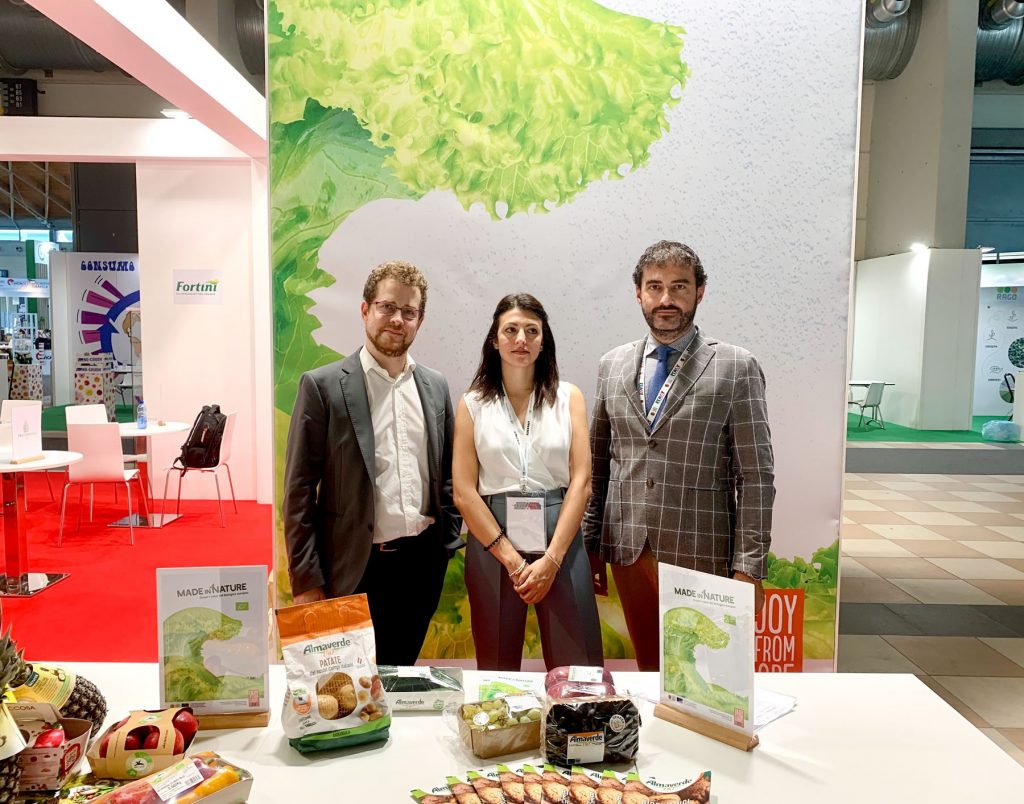EU registers growth in agri-food trade
2020 was a challenging but ultimately positive year for the EU’s agri-food exporters, while on the import side, the EU became the third largest importer after the US and China, according to a report published by the European Commission last week.
In 2020, EU agri-food trade reached a total value of €306 billion: €184 billion in exports and €122 billion in imports. Both values represent a slight growth of 1.4% and 0.5% respectively, compared to 2019.
Janusz Wojciechowski, Commissioner for Agriculture, said:
“Promoting open and fair trade is a political priority for the European Commission which greatly benefits our farmers. The success of agricultural trade is clearly linked to the Common Agricultural Policy, which supports competitiveness and innovation, and also to the excellent reputation of our products as being safe, sustainably produced, nutritious and of high quality.”
The growth in EU agri-food imports was mainly driven by increases in import values for fruit, oilseeds, fatty acids and waxes, palm oil, and soya beans.
China, Switzerland and the Middle East and North Africa region were the major growth destinations for EU agri-food exports in 2020. The value of EU exports fell most to the US, Turkey, Singapore and Japan. In terms of imports, Canada grew significantly as a source for EU imports. At the same time, EU imports declined most in value from the UK, Ukraine and the US. In 2020, the UK was the EU’s most important partner in agri-food trade, with a share of 23% in total EU agri-food exports and 13% in total imports.





